Home>Furniture & Design>Bathroom Accessories>How To Select A Bathtub
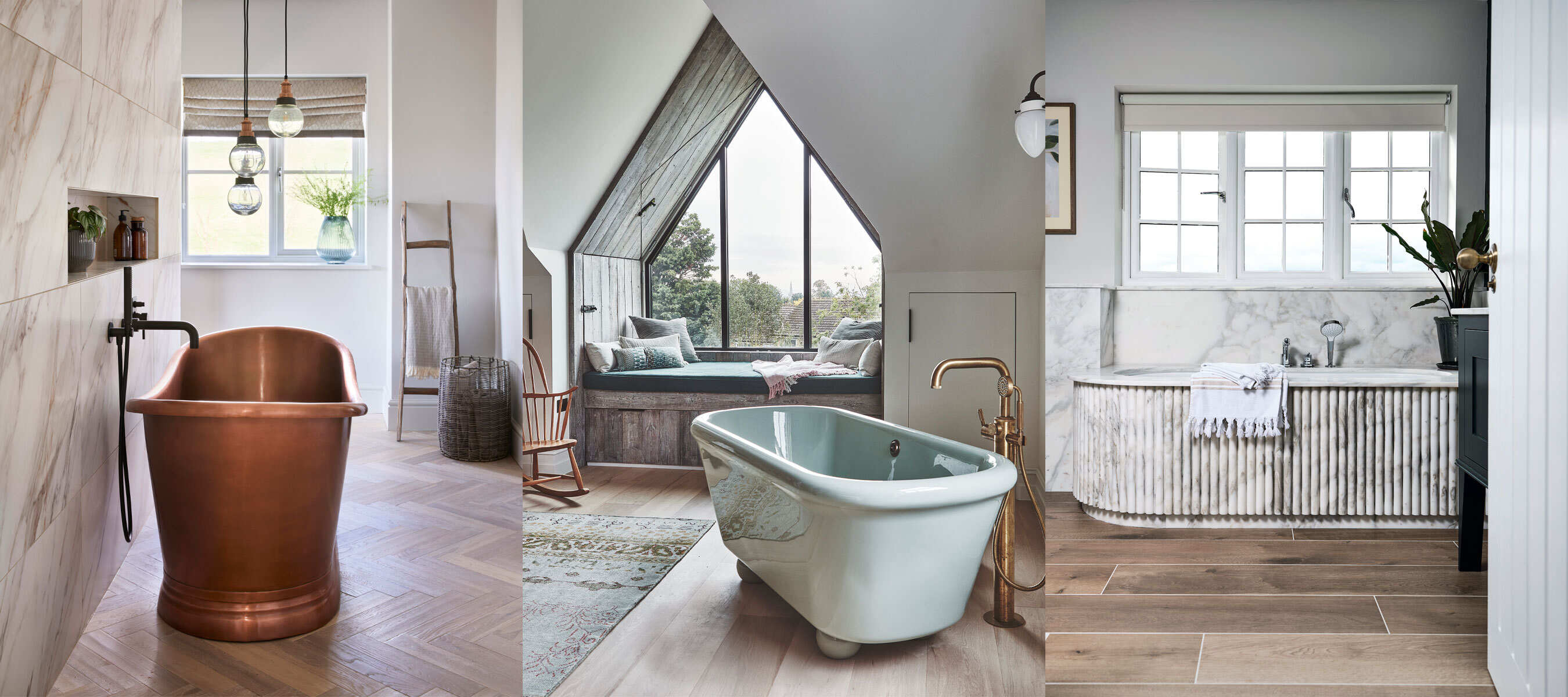

Bathroom Accessories
How To Select A Bathtub
Modified: April 22, 2024
Discover how to choose the perfect bathtub for your bathroom with our expert tips and advice on bathroom accessories. Create a relaxing and stylish space with the right bathtub for your needs.
(Many of the links in this article redirect to a specific reviewed product. Your purchase of these products through affiliate links helps to generate commission for Storables.com, at no extra cost. Learn more)
Consider Your Space and Layout
When it comes to selecting a bathtub, considering your space and layout is crucial. The dimensions of your bathroom will play a significant role in determining the type and size of bathtub that will best suit your needs. Here are some key points to keep in mind:
-
Available Space: Begin by assessing the available space in your bathroom. Measure the area where the bathtub will be installed, taking into account any surrounding fixtures such as toilets, sinks, and showers. This will help you determine the maximum dimensions for the bathtub.
-
Layout and Configuration: Consider the layout and configuration of your bathroom. Are there any architectural features, such as alcoves or sloped ceilings, that may impact the installation of a bathtub? Understanding the layout will guide you in choosing a bathtub that fits seamlessly into the space without obstructing other fixtures or impeding movement within the room.
-
Traffic Flow: Take into account the traffic flow within the bathroom. If the bathtub is intended for a shared or family bathroom, ensure that there is sufficient space around the tub for easy access and maneuverability. This is particularly important if the bathroom serves multiple users simultaneously.
-
Aesthetic Harmony: Think about how the bathtub will complement the overall aesthetic of the bathroom. Consider the existing design elements, such as the color scheme, flooring, and cabinetry. Selecting a bathtub that harmonizes with the existing decor will contribute to a cohesive and visually appealing bathroom environment.
-
Natural Light and Views: If your bathroom benefits from natural light or offers scenic views, consider how the placement of the bathtub will enhance these features. Positioning the tub near a window or in a location that allows for a pleasant view can elevate the bathing experience and create a tranquil ambiance.
By carefully considering your space and layout, you can make an informed decision when choosing a bathtub that not only fits seamlessly into your bathroom but also enhances the overall functionality and aesthetic appeal of the space.
Key Takeaways:
- Consider Your Space and Layout
When choosing a bathtub, think about your bathroom’s size, layout, and traffic flow. Make sure the tub fits well, complements the decor, and enhances the bathing experience. - Seek Professional Advice
Consult with experts like interior designers, plumbers, and contractors to get valuable insights and guidance for selecting the perfect bathtub that suits your needs and integrates seamlessly into your bathroom.
Read more: Where Are Select Blinds Made
Determine Your Desired Style and Material
Selecting a bathtub that aligns with your desired style and material preferences is a pivotal aspect of the decision-making process. The aesthetic appeal and the material composition of the bathtub can significantly impact the overall ambiance of your bathroom. Here's a detailed exploration of this crucial consideration:
Style Considerations
When contemplating the style of your bathtub, it's essential to envision how it will harmonize with the existing decor and architectural elements of your bathroom. Whether your design preference leans towards modern, traditional, vintage, or contemporary aesthetics, there are various bathtub styles to consider:
-
Freestanding Bathtubs: These elegant and versatile tubs stand independently, making them a focal point in the bathroom. They are available in a myriad of shapes, including oval, rectangular, and slipper designs, offering a luxurious and timeless appeal.
-
Alcove Bathtubs: Designed to fit into a three-wall enclosure, alcove bathtubs are a practical choice for smaller bathrooms. They are known for their space-saving attributes and are often paired with a shower to optimize functionality.
-
Clawfoot Bathtubs: With their iconic clawed feet, these vintage-inspired tubs exude a sense of nostalgia and sophistication. They are ideal for homeowners seeking to infuse their bathroom with a touch of classic charm.
-
Drop-In Bathtubs: These tubs are installed within a deck or platform and offer a seamless integration with the surrounding space. They provide flexibility in terms of customization and are available in various shapes and sizes.
Material Selection
The material of the bathtub not only contributes to its visual appeal but also influences its durability, maintenance requirements, and heat retention capabilities. Here are some popular bathtub materials to consider:
-
Acrylic: Known for its lightweight and durable properties, acrylic is a popular choice for bathtubs. It is available in a wide range of colors and shapes, making it a versatile option for various design preferences.
-
Cast Iron: Renowned for its sturdiness and heat retention, cast iron bathtubs are a timeless choice. They are coated with enamel, offering a glossy finish and exceptional resistance to scratches and stains.
-
Fiberglass: Lightweight and cost-effective, fiberglass bathtubs are easy to install and maintain. They are available in numerous designs and can be an excellent choice for budget-conscious homeowners.
-
Stone Resin: For a luxurious and spa-like feel, stone resin bathtubs are an exquisite option. Crafted from a blend of natural stone and resin, they exude elegance and are known for their heat retention properties.
By carefully considering your desired style and material preferences, you can narrow down the options and select a bathtub that not only complements your bathroom's aesthetic but also aligns with your functional and maintenance requirements.
Evaluate Your Budget and Cost Considerations
When embarking on the journey of selecting a bathtub, it's imperative to evaluate your budget and cost considerations with meticulous attention. The financial aspect plays a pivotal role in determining the type of bathtub that aligns with your preferences while staying within your financial parameters. Here's a comprehensive exploration of this crucial aspect:
Read more: How To Select The Right Window Blinds
Initial Investment
The cost of a bathtub encompasses various elements, including the initial purchase price, delivery charges, and any additional accessories or fixtures required for installation. It's essential to establish a clear budget that encompasses not only the cost of the bathtub itself but also any associated expenses to ensure a comprehensive financial plan.
Long-Term Maintenance and Durability
Beyond the initial investment, it's crucial to consider the long-term maintenance and durability of the chosen bathtub. Different materials and designs may have varying maintenance requirements and longevity, which can impact the overall cost of ownership. Assessing the durability and maintenance needs of each option will provide valuable insights into the potential long-term expenses associated with the bathtub.
Installation Costs
The installation process of a bathtub involves labor costs, plumbing requirements, and any structural modifications necessary to accommodate the new fixture. It's advisable to obtain quotes from reputable contractors or installation professionals to gauge the potential installation costs accurately. Additionally, factoring in any unforeseen expenses or preparatory work can help in creating a realistic budget for the installation phase.
Energy Efficiency and Operational Costs
Considering the energy efficiency and operational costs associated with certain types of bathtubs is essential for a comprehensive cost evaluation. For instance, whirlpool or jetted tubs may consume more energy than standard tubs, leading to higher operational expenses over time. Evaluating the long-term energy consumption and operational costs can provide a holistic view of the financial implications associated with different bathtub options.
Read more: How To Select Tiles For Living Room
Value and Return on Investment
While evaluating the budget, it's beneficial to consider the value and potential return on investment offered by different bathtub choices. A high-quality, aesthetically pleasing bathtub that enhances the overall appeal of the bathroom can contribute to the property's value. Understanding the potential return on investment can aid in making an informed decision that aligns with both your budget and long-term property goals.
By thoroughly assessing your budget and cost considerations, you can make a well-informed decision that not only meets your financial parameters but also aligns with your preferences and long-term objectives. This comprehensive evaluation will empower you to select a bathtub that offers a harmonious blend of functionality, aesthetics, and financial prudence.
Think About Your Comfort and Ergonomics
When selecting a bathtub, prioritizing your comfort and considering the ergonomic aspects is paramount to creating a truly indulgent bathing experience. The design and features of the bathtub should align with your physical comfort and relaxation needs. Here's a detailed exploration of the crucial considerations related to comfort and ergonomics:
Ergonomic Design
The ergonomic design of a bathtub focuses on optimizing user comfort and promoting relaxation. Features such as contoured backrests, armrests, and built-in headrests are designed to support the natural curves of the body, allowing for a more comfortable and enjoyable bathing experience. Additionally, ergonomic considerations extend to the depth and width of the tub, ensuring that it accommodates various body types and provides ample space for movement.
Hydrotherapy Options
For those seeking a spa-like experience at home, hydrotherapy options should be taken into account. Jetted tubs equipped with strategically placed water jets offer therapeutic benefits, including massage and stress relief. The adjustable water pressure and targeted massage capabilities can alleviate muscle tension and enhance overall relaxation, contributing to a heightened sense of comfort and well-being.
Read more: How Select Compressor For Hand Tools
Accessibility Features
If accessibility is a priority, especially for individuals with mobility challenges or seniors, it's essential to consider features such as low-entry thresholds, grab bars, and non-slip surfaces. These elements enhance safety and ease of use, ensuring that the bathtub remains a comfortable and accessible space for individuals with diverse mobility requirements.
Material Comfort
The material of the bathtub plays a significant role in determining the comfort level of the bathing experience. Materials that retain heat effectively, such as cast iron or stone resin, contribute to prolonged warmth during baths, promoting relaxation and comfort. Additionally, smooth and non-porous surfaces, such as those found in acrylic or fiberglass bathtubs, offer a comfortable and easy-to-clean bathing environment.
Customization Options
Exploring customization options that cater to individual comfort preferences can elevate the bathing experience. Features such as adjustable water jets, built-in heaters, and customizable lighting allow for personalized comfort settings, creating a tailored and luxurious bathing environment that aligns with individual relaxation needs.
By meticulously considering your comfort and ergonomic requirements, you can select a bathtub that not only meets your physical comfort needs but also enhances the overall relaxation and rejuvenation experience. Prioritizing comfort and ergonomics ensures that the chosen bathtub becomes a cherished sanctuary within your home, promoting a sense of well-being and tranquility.
Research Different Types of Bathtubs
When embarking on the journey of selecting a bathtub, it's essential to delve into the diverse array of bathtub types available in the market. Each type offers unique features, functionalities, and aesthetic attributes, catering to varying preferences and practical requirements. By conducting thorough research on different types of bathtubs, you can gain valuable insights that will inform your decision-making process. Here's an in-depth exploration of the various bathtub types to consider:
Read more: How To Select A Home Surveillance System
Freestanding Bathtubs
Freestanding bathtubs exude elegance and versatility, making them a popular choice for homeowners seeking a luxurious focal point in their bathrooms. These standalone tubs come in a variety of shapes, including oval, rectangular, and slipper designs, offering a timeless and sophisticated aesthetic. Their versatility allows for placement in various areas of the bathroom, creating a striking visual impact while providing ample bathing space.
Alcove Bathtubs
Designed to fit into a three-wall enclosure, alcove bathtubs are a practical choice for smaller bathrooms or those with limited space. Their space-saving attributes make them a popular option for optimizing functionality within compact bathroom layouts. Alcove bathtubs are often paired with a shower to create a multi-functional bathing space, making them an efficient and versatile choice for many homeowners.
Clawfoot Bathtubs
Clawfoot bathtubs are renowned for their vintage-inspired charm, featuring iconic clawed feet that evoke a sense of nostalgia and sophistication. These classic tubs add a touch of timeless elegance to any bathroom and are favored by those seeking to infuse their space with a hint of traditional allure. The distinctive design of clawfoot bathtubs makes them a captivating focal point, elevating the overall aesthetic of the bathroom.
Drop-In Bathtubs
Drop-in bathtubs are designed to be installed within a deck or platform, offering a seamless integration with the surrounding space. This design flexibility allows for customization in terms of the surrounding materials and layout, making drop-in bathtubs a versatile choice for homeowners with specific design preferences. Their sleek and modern appearance complements various bathroom styles, adding a touch of contemporary sophistication.
Read more: How To Select The Perfect Dining Room Table?
Soaking Tubs
Soaking tubs are characterized by their deep basin, allowing for full-body immersion and a truly indulgent bathing experience. These tubs prioritize comfort and relaxation, making them an ideal choice for individuals seeking a tranquil and rejuvenating bathing experience. Soaking tubs are available in a range of materials and designs, catering to diverse comfort and aesthetic preferences.
Whirlpool and Jetted Tubs
For those desiring a spa-like experience at home, whirlpool and jetted tubs offer therapeutic benefits through strategically placed water jets. These tubs provide targeted massage capabilities, promoting muscle relaxation and stress relief. The adjustable water pressure and customizable settings allow for a personalized hydrotherapy experience, making whirlpool and jetted tubs a popular choice for wellness-oriented homeowners.
Walk-In Bathtubs
Walk-in bathtubs are designed with accessibility in mind, featuring a low-entry threshold and a watertight door for easy access. These tubs cater to individuals with mobility challenges or seniors, providing a safe and comfortable bathing solution. Walk-in bathtubs often include features such as built-in seating, grab bars, and non-slip surfaces, prioritizing user safety and ease of use.
By thoroughly researching the different types of bathtubs available, you can gain a comprehensive understanding of the diverse options and their respective benefits. This knowledge will empower you to make an informed decision that aligns with your preferences, space requirements, and desired bathing experience. Whether you prioritize elegance, functionality, relaxation, or accessibility, the extensive range of bathtub types ensures that there is a perfect fit for every homeowner's unique needs and lifestyle.
Consider Additional Features and Options
When selecting a bathtub, considering the additional features and options available can significantly enhance the bathing experience and cater to specific preferences and requirements. Beyond the fundamental function of providing a space for bathing, modern bathtubs offer a plethora of supplementary features and customizable options that elevate comfort, convenience, and luxury. Here's an in-depth exploration of the diverse range of additional features and options to consider:
Hydrotherapy and Massage Functions
For those seeking a spa-like experience within the comfort of their own home, bathtubs equipped with hydrotherapy and massage functions present an enticing option. These features typically include strategically placed water jets that deliver targeted massage to specific areas of the body, promoting muscle relaxation and stress relief. The adjustable settings and customizable programs allow for a personalized hydrotherapy experience, catering to individual comfort and wellness needs.
Chromatherapy and Mood Lighting
Incorporating chromatherapy and mood lighting features into a bathtub can transform the bathing experience into a multisensory indulgence. Chromatherapy utilizes colored lights to create a tranquil ambiance and promote relaxation. The subtle interplay of colors can influence mood and create a serene atmosphere, enhancing the overall sensory experience of the bath.
Built-In Heating Systems
Bathtubs equipped with built-in heating systems offer the luxury of prolonged warmth and comfort during bathing sessions. These systems maintain the water temperature at a consistent level, ensuring that the bath remains soothing and enjoyable for an extended period. The ability to indulge in a long, relaxing soak without the water cooling down enhances the overall comfort and rejuvenation experience.
Sound and Entertainment Integration
For those who enjoy unwinding with music or entertainment while bathing, bathtubs with integrated sound systems or entertainment features provide a captivating option. These innovative additions allow for the seamless integration of audiovisual elements, creating a personalized and immersive bathing environment. Whether it's soothing music, ambient sounds, or entertainment media, the integration of sound and entertainment enhances relaxation and indulgence.
Customizable Controls and Settings
Modern bathtubs often offer customizable controls and settings that cater to individual preferences. From adjustable water pressure and temperature settings to personalized massage programs, these customizable features empower users to tailor the bathing experience to their specific comfort and relaxation needs. The ability to create a personalized and tailored bathing environment enhances the overall satisfaction and enjoyment of the bathtub.
By carefully considering the additional features and options available, homeowners can select a bathtub that aligns with their unique preferences and lifestyle. Whether prioritizing wellness, relaxation, entertainment, or personalized comfort, the diverse range of supplementary features and customizable options ensures that there is a perfect bathtub to cater to every individual's bathing aspirations and desires.
Measure and Assess Installation Requirements
Before finalizing the selection of a bathtub, it is crucial to meticulously measure and assess the installation requirements to ensure a seamless and successful integration of the new fixture into your bathroom space. This phase of the decision-making process involves a comprehensive evaluation of the physical dimensions, structural considerations, and plumbing requirements, laying the foundation for a well-executed installation. Here's an in-depth exploration of the key aspects to consider when measuring and assessing the installation requirements for a new bathtub:
Physical Space and Clearances
Begin by accurately measuring the available space where the bathtub will be installed. Take precise measurements of the length, width, and height of the designated area, considering any architectural features or obstructions that may impact the installation. It is essential to account for clearances around the bathtub, ensuring that there is sufficient space for access, maintenance, and potential future repairs. Additionally, assess the doorway and hallway clearances to confirm that the new bathtub can be maneuvered into the bathroom without encountering spatial constraints.
Structural Support and Floor Load Capacity
Evaluate the structural support and floor load capacity of the intended installation area. Different types of bathtubs have varying weight requirements, and it is imperative to ensure that the floor can support the load of the chosen bathtub, especially when opting for materials such as cast iron or stone resin. If necessary, consult a structural engineer or a qualified professional to assess the structural integrity of the floor and make any essential reinforcements to accommodate the new fixture safely.
Read more: How Can You Select Suitable Dining Chairs?
Plumbing and Drainage Considerations
Assess the existing plumbing and drainage configurations to determine their compatibility with the selected bathtub. Verify the location of the water supply lines and drain connections, ensuring that they align with the specifications of the new fixture. If modifications or relocations of plumbing fixtures are necessary, enlist the expertise of a licensed plumber to execute the required adjustments and ensure compliance with local building codes and regulations.
Accessibility for Installation and Maintenance
Consider the accessibility of the installation area for the delivery and maneuvering of the new bathtub. Evaluate any potential obstacles or challenges that may impede the installation process, such as narrow hallways, staircases, or tight corners. Additionally, assess the accessibility for future maintenance and repairs, ensuring that there is adequate space to perform routine upkeep and address any unforeseen issues that may arise.
Aesthetic Integration and Surrounding Fixtures
Lastly, consider the aesthetic integration of the new bathtub with the surrounding fixtures and design elements in the bathroom. Visualize how the chosen bathtub will harmonize with the overall aesthetic and layout of the space, ensuring a cohesive and visually appealing integration. Take into account the positioning of faucets, showerheads, and other accessories to create a well-coordinated and functional bathing environment.
By meticulously measuring and assessing the installation requirements, homeowners can lay the groundwork for a successful and harmonious integration of the new bathtub into their bathroom space. This proactive approach ensures that the installation process proceeds smoothly, and the new fixture becomes an integral and aesthetically pleasing component of the overall bathroom design.
Seek Professional Advice and Recommendations
Seeking professional advice and recommendations is a crucial step in the process of selecting a bathtub that aligns with your specific needs and the structural requirements of your bathroom. Consulting with experienced professionals, such as interior designers, plumbers, and contractors, can provide valuable insights and guidance to ensure that the chosen bathtub integrates seamlessly into your space while meeting functional and aesthetic objectives.
Interior designers possess a wealth of knowledge in spatial planning, aesthetics, and design principles. Their expertise can be instrumental in identifying the most suitable bathtub styles, materials, and configurations that complement the overall design scheme of your bathroom. By collaborating with an interior designer, you can benefit from tailored recommendations that harmonize with your existing decor and architectural elements, creating a cohesive and visually appealing bathing environment.
Plumbers play a pivotal role in assessing the plumbing infrastructure and ensuring that the selected bathtub aligns with the existing water supply lines and drainage systems. Their expertise in evaluating the feasibility of installation, addressing potential plumbing modifications, and adhering to building codes is invaluable in avoiding costly errors and ensuring the seamless functionality of the new fixture. Engaging a licensed plumber for professional advice and recommendations can provide peace of mind and assurance that the installation process will be executed with precision and compliance.
Contractors with experience in bathroom renovations and installations offer practical insights into the structural considerations and logistical aspects of integrating a new bathtub. Their expertise in assessing floor load capacities, structural reinforcements, and accessibility for installation can guide you in making informed decisions that prioritize safety and long-term durability. Additionally, contractors can provide recommendations for reputable suppliers, installation techniques, and potential challenges to anticipate during the process.
Incorporating professional advice and recommendations into the decision-making process empowers homeowners to make well-informed choices that optimize the functionality, aesthetics, and longevity of their chosen bathtub. By leveraging the expertise of professionals, you can navigate the complexities of installation, design integration, and structural assessments with confidence, ensuring that the selected bathtub becomes a seamless and enduring addition to your home.
Frequently Asked Questions about How To Select A Bathtub
Was this page helpful?
At Storables.com, we guarantee accurate and reliable information. Our content, validated by Expert Board Contributors, is crafted following stringent Editorial Policies. We're committed to providing you with well-researched, expert-backed insights for all your informational needs.
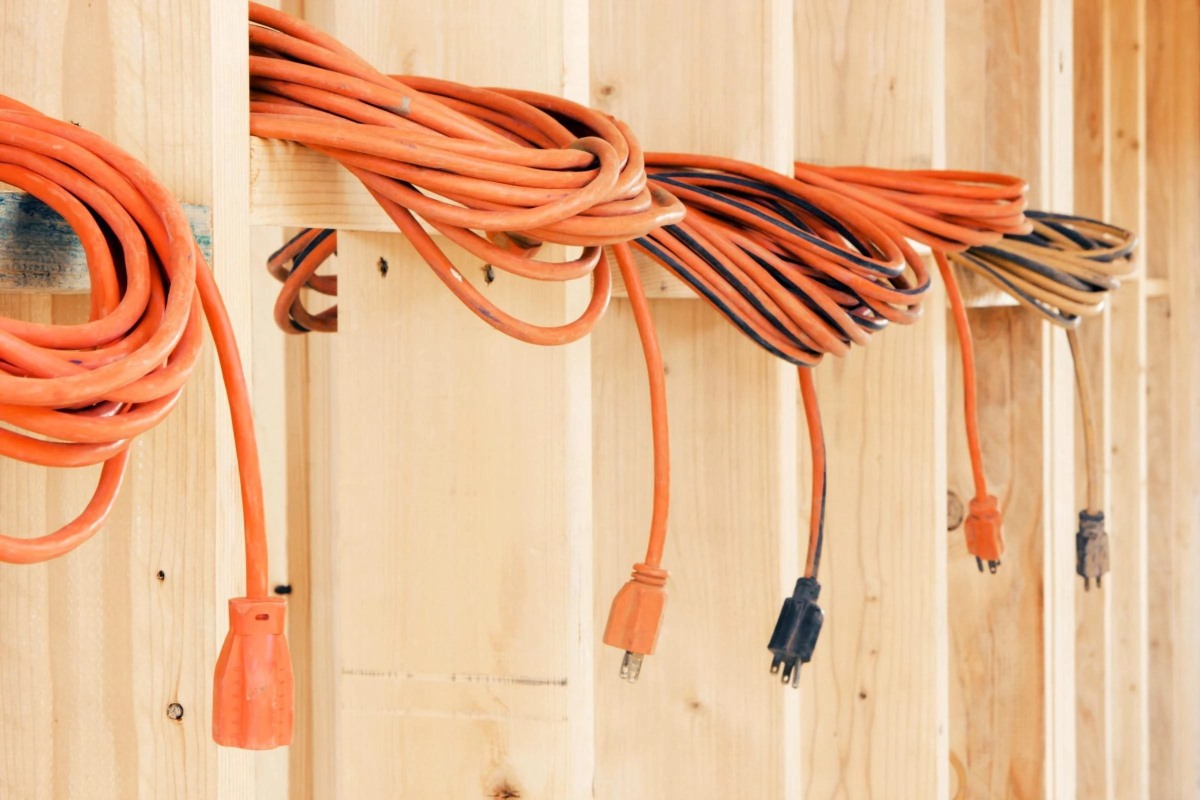
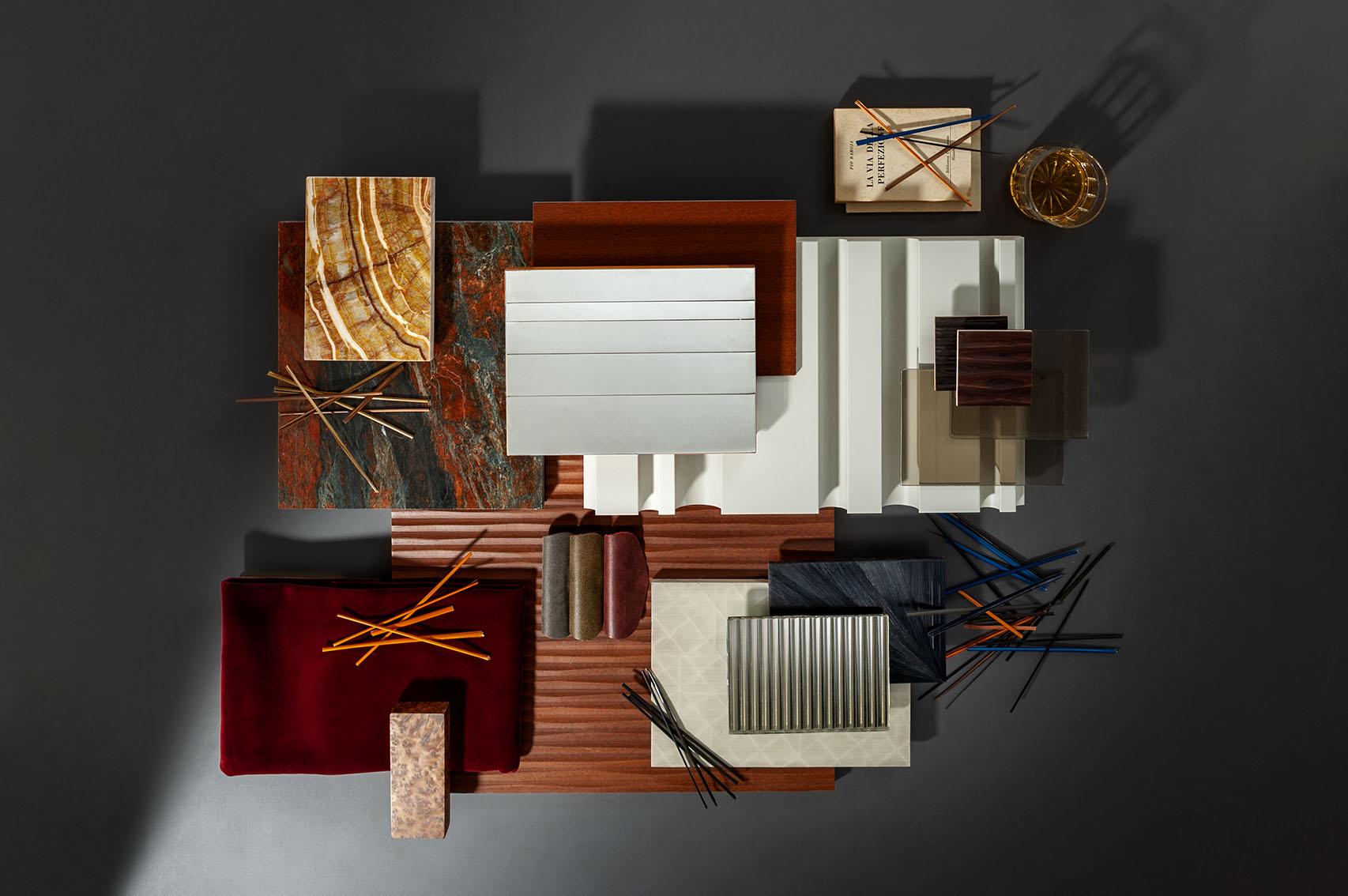
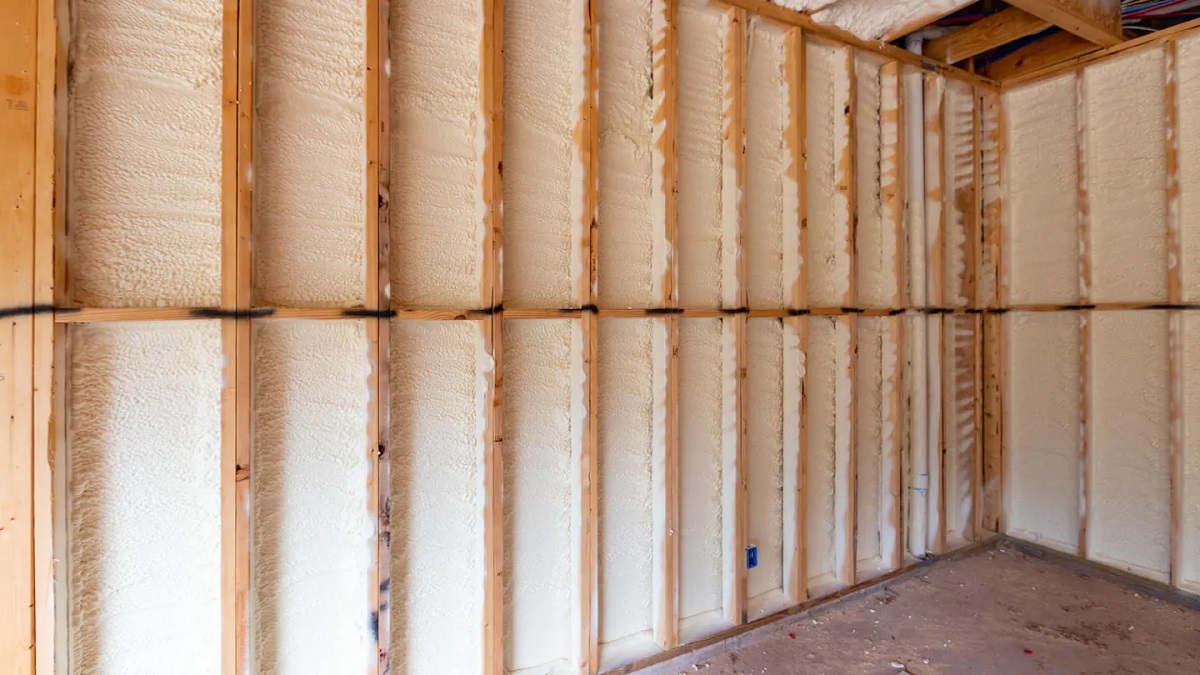

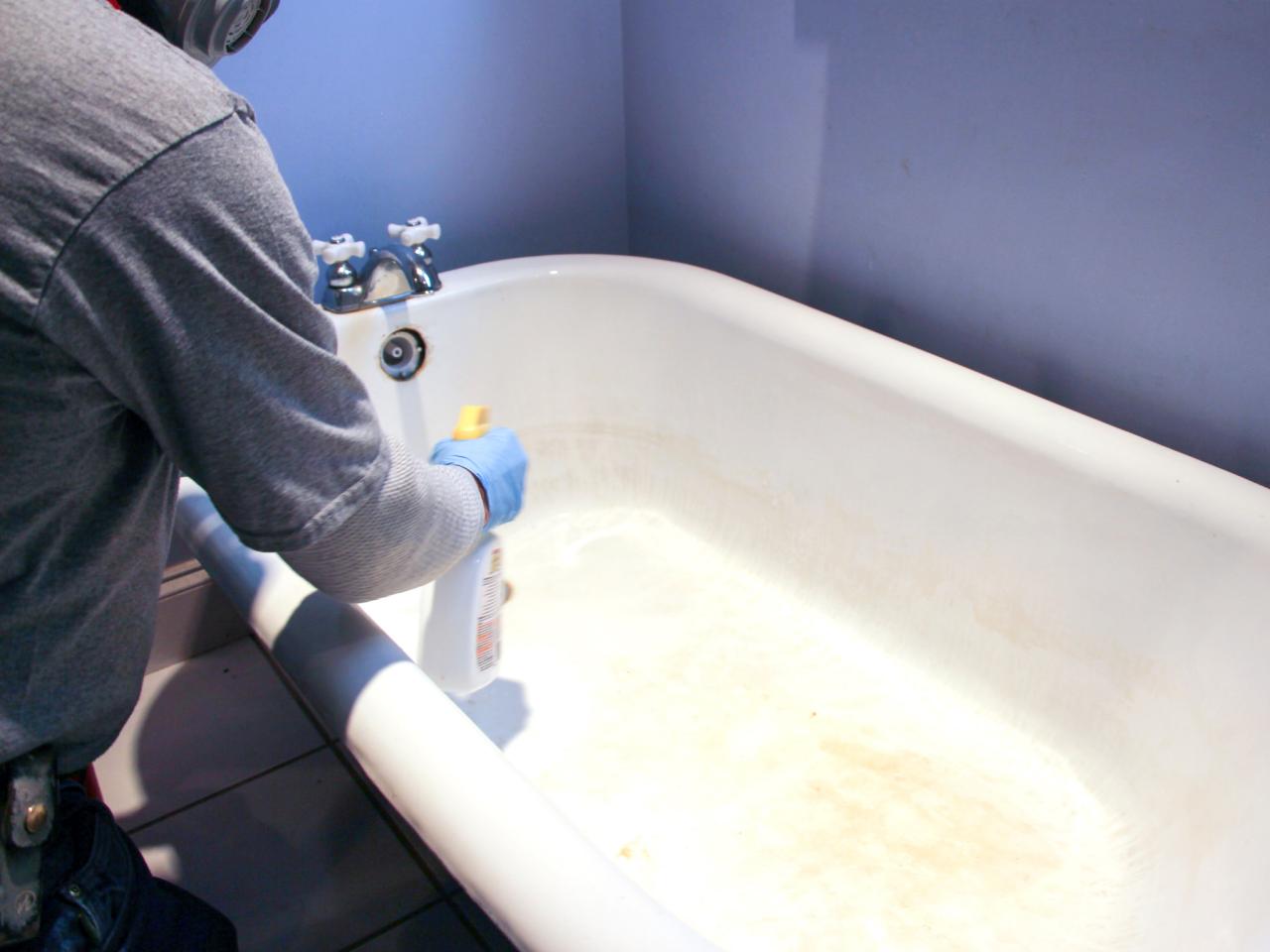

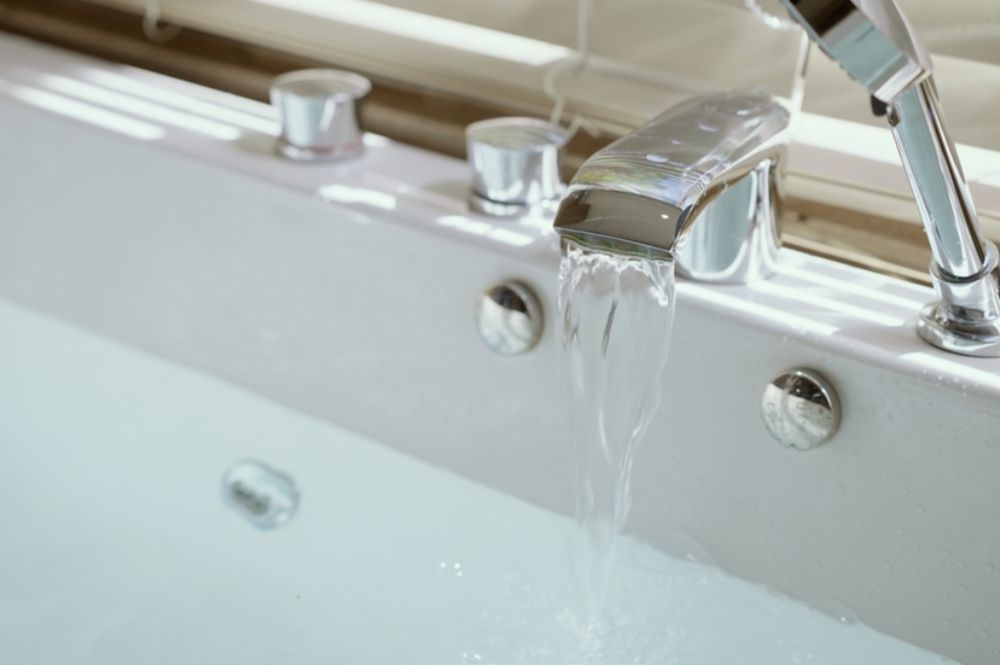

0 thoughts on “How To Select A Bathtub”